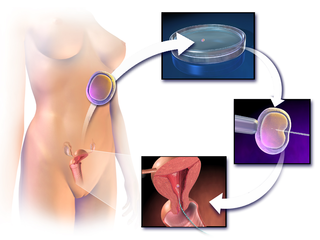 W
WIn vitro fertilisation (IVF) is a process of fertilisation where an egg is combined with sperm in vitro. The process involves monitoring and stimulating a woman's ovulatory process, removing an ovum or ova from their ovaries and letting sperm fertilise them in a culture medium in a laboratory. After the fertilised egg (zygote) undergoes embryo culture for 2–6 days, it is implanted in a uterus, with the intention of establishing a successful pregnancy.
 W
WBourn Hall Clinic in Bourn, Cambridgeshire, England, is a centre for the treatment of infertility. The original building, Bourn Hall, is about 400 years old. Since becoming a medical centre, it has been greatly extended.
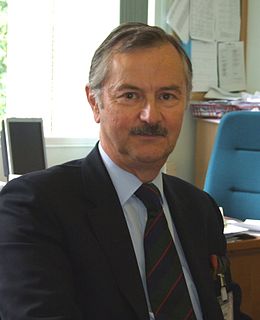 W
WPeter Robert Brinsden MBBS, MRCS, LRCP, FRCOG is known for the treatment of infertility in couples. From 1989 to 2006 he was the medical director of Bourn Hall Clinic in the UK, a leading centre for the treatment of fertility problems, and where about 6,000 babies have been conceived using IVF and other assisted conception treatments.
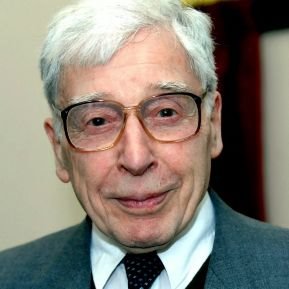 W
WSir Robert Geoffrey Edwards was a British physiologist and pioneer in reproductive medicine, and in-vitro fertilisation (IVF) in particular. Along with the surgeon Patrick Steptoe, and the nurse Jean Purdy, Edwards successfully pioneered conception through IVF, which led to the birth of Louise Brown on 25 July 1978. They founded the first IVF programme for infertile patients and trained other scientists in their techniques. Edwards was the founding editor-in-chief of Human Reproduction in 1986. In 2010, he was awarded the Nobel Prize in Physiology or Medicine "for the development of in vitro fertilization".
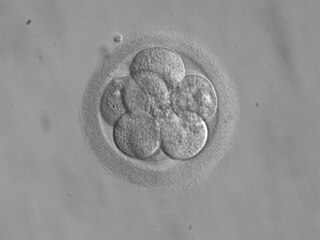 W
WEmbryo transfer refers to a step in the process of assisted reproduction in which embryos are placed into the uterus of a female with the intent to establish a pregnancy. This technique, may be used in humans or in animals, in which situations the goals may vary.
 W
WFollicle-stimulating hormone (FSH) is a gonadotropin, a glycoprotein polypeptide hormone. FSH is synthesized and secreted by the gonadotropic cells of the anterior pituitary gland and regulates the development, growth, pubertal maturation, and reproductive processes of the body. FSH and luteinizing hormone (LH) work together in the reproductive system.
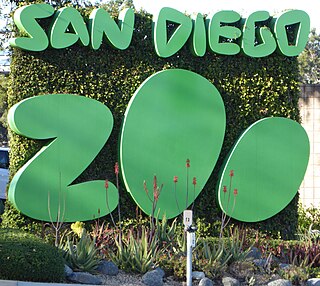 W
WA frozen zoo is a storage facility in which genetic materials taken from animals are stored at very low temperatures (−196 °C) in tanks of liquid nitrogen. Material preserved in this way can be stored indefinitely and used for artificial insemination, in vitro fertilisation, embryo transfer, and cloning. Some facilities also collect and cryopreserve plant material.
 W
WIn vitro maturation (IVM) is the technique of letting the contents of ovarian follicles and the oocytes inside mature in vitro. It can be offered to women with infertility problems, combined with IVF, offering women pregnancy without ovarian stimulation.
 W
WGeorgeanna Seegar Jones was an American reproductive endocrinologist who with her husband, Howard W. Jones, pioneered in vitro fertilization in the United States.
 W
WPre-implantation genetic diagnosis is the genetic profiling of embryos prior to implantation, and sometimes even of oocytes prior to fertilization. PGD is considered in a similar fashion to prenatal diagnosis. When used to screen for a specific genetic disease, its main advantage is that it avoids selective abortion, as the method makes it highly likely that the baby will be free of the disease under consideration. PGD thus is an adjunct to assisted reproductive technology, and requires in vitro fertilization (IVF) to obtain oocytes or embryos for evaluation. Embryos are generally obtained through blastomere or blastocyst biopsy. The latter technique has proved to be less deleterious for the embryo, therefore it is advisable to perform the biopsy around day 5 or 6 of development.
 W
WJean Marian Purdy was a British nurse and embryologist and a pioneer of fertility treatment. Purdy was responsible with Robert Edwards and Patrick Steptoe for developing in vitro fertilisation. Louise Joy Brown, the first test-tube baby, was born on 25 July 1978, and Purdy was the first to see the embryonic cells dividing. Edwards was awarded the 2010 Nobel Prize in Physiology or Medicine for his work on the development of in vitro fertilisation; however, because the Nobel Prize is not awarded posthumously, neither Purdy nor Steptoe were eligible for consideration. Purdy was a co-founder of the Bourn Hall Clinic but her role there and in the development of IVF was ignored for 30 years.
 W
WSentara Norfolk General Hospital (SNGH) is a large academic hospital, which serves as the primary teaching institution for the adjacent Eastern Virginia Medical School. Located in Norfolk, Virginia, in the Ghent neighborhood and adjacent to Downtown, the hospital serves as the Hampton Roads region's only Level I trauma center. The hospital is interconnected to the Sentara Heart Hospital, however, it is considered a separate institution. Together with the adjacent Children's Hospital of the King's Daughters, Eastern Virginia Medical School and the Norfolk Department of Health, the Eastern Virginia Medical Center is the largest conglomerate center for health in Hampton Roads. For a time, the U.S. News & World Report rated it the best in Virginia. In 2016, SNGH is tied with VCU Medical Center ranked as #2 while University of Virginia Health System ranked first.
 W
WPatrick Christopher Steptoe CBE FRS was an English obstetrician and gynaecologist and a pioneer of fertility treatment. Steptoe was responsible with biologist and physiologist Robert Edwards and the nurse Jean Purdy for developing in vitro fertilisation. Louise Joy Brown, the first test-tube baby, was born on 25 July 1978. Edwards was awarded the 2010 Nobel Prize in Physiology or Medicine for his work on the development of in vitro fertilisation; Steptoe was not eligible for consideration because the Nobel Prize is not awarded posthumously.
 W
WRolene Strauss is a South African beauty pageant titleholder who won Miss South Africa 2014 and was later crowned Miss World 2014. She is the third South African woman to be crowned Miss World, after Penelope Anne Coelen in 1958 and Anneline Kriel in 1974.
 W
WJohn Webster FRCOG is an English obstetrician and gynaecologist. Present at the world's first in vitro fertilisation (IVF) birth, Louise Brown, Webster has continued to develop and further research in the field of IVF.
 W
WEdwin Carlyle "Carl" Wood,, FRANZCOG was a prominent Australian gynaecologist, best known for his pioneering work developing and commercialising the technique of in-vitro fertilisation (IVF). He gained considerable international and national attention for his wide-ranging contributions in the field of women's health over a period of almost 50 years, although not all of it was positive given the controversial nature of many of his endeavours.